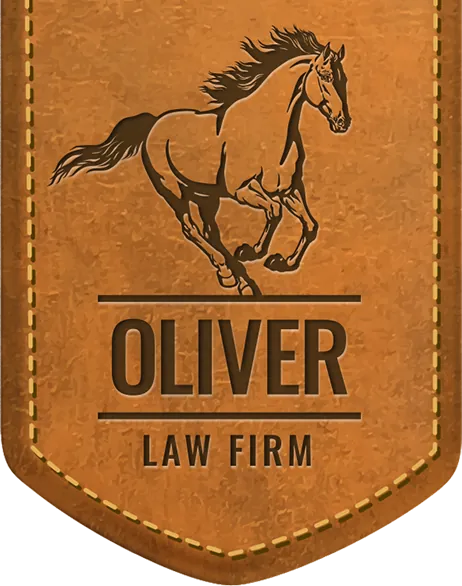
I have wanted to read this book since I first went to the AAJ’s Advanced Deposition College in New Orleans. At that college, I got to spend some time with the author, Mark Kosieradzki (Koz for short), and pick his brain about 30(b)(6) depositions. We actually talked at length about the last chapter of this book, using 30(b)(6) at trial, because of the issues that popped up in the Jackson trial. When Sach brought this book to me to look for some specific law, I knew I had to keep it and read the whole thing. (Shoutout to Sach for being quoted at the beginning of the book!)
Each chapter of 30(b)(6) is dedicated to a different aspect of 30(b)(6) depositions. Much of what was in the book I learned at the AAJ college and from other places, but there were several things that I learned for the first time.
First, 30(b)(6) talks about “discovery on discovery” or document depositions. This is a tool by which we get a corporation or other entity to testify about the documents they have produced in discovery. We would get to ask about how the documents were collected. This includes who looked for them, how hard they looked, where they looked, if there was anywhere they didn’t look, and any other question possible to make sure there’s nothing out there that we don’t have. For example, if we request all of a hospital’s policies and procedures concerning stroke patients, we can make sure that we have ALL of the policies and procedures and not just the ones the defense thinks we should have. This seems like a very useful tool.
Another thing I learned from 30(b)(6) was about what Koz and I discussed, using the 30(b)(6) at trial. It turns out, that since the 30(b)(6) deposition is the statement of a party, we are allowed to play the deposition at trial in lieu of testimony regardless of whether the person that the corporation put forth is available or not. But, the other side cannot put forth the deposition if we want to take the testimony live at trial. So, it’s completely up to the adverse party whether a 30(b)(6) occurs live at trial or via the deposition. Further, if the adverse party wants to take the 30(b)(6) testimony live at trial, the other side has the duty to produce the same person at trial and that person’s testimony IS binding on the corporation.
At the end of the book, there is a state-by-state guide of how state courts apply the Federal 30(b)(6) rules. I foresee this list being something that will be very helpful in the future. I already checked Arkansas and Kentucky, the two states with cases we have right now, and they both follow Federal precedent almost identically.
Application:
It’s pretty clear how this book will apply to my practice and benefit our clients. Currently, a large majority of my job is deposition work. That includes a bunch of 30(b)(6) depositions. On the cases that I’m running point, I take those 30(b)(6) depositions as well. I will use what I learned in this book directly in those depositions and cases.
Specifically, if we run into a case where I think that the defense is withholding information or only turning over part of the documents we requested, the document deposition will come in very handy. Also, the case we currently have pending in Kentucky had 30(b)(6) depositions that could not have gone better, so I need to consider just using the videos instead of putting the witnesses on the stand after the defense has had another chance to prep them and coach them. That’s something I’ll consider in every case now.
Conclusion:
I thought that I knew quite a bit about depositions and how to use them. Reading this book about only 30(b)(6) depositions and seeing the depth of how depositions can be used and how much I still have to learn was great. I will certainly use what I learned from this book almost immediately, and will keep it around as a reference in the future.
a Free Consultation



